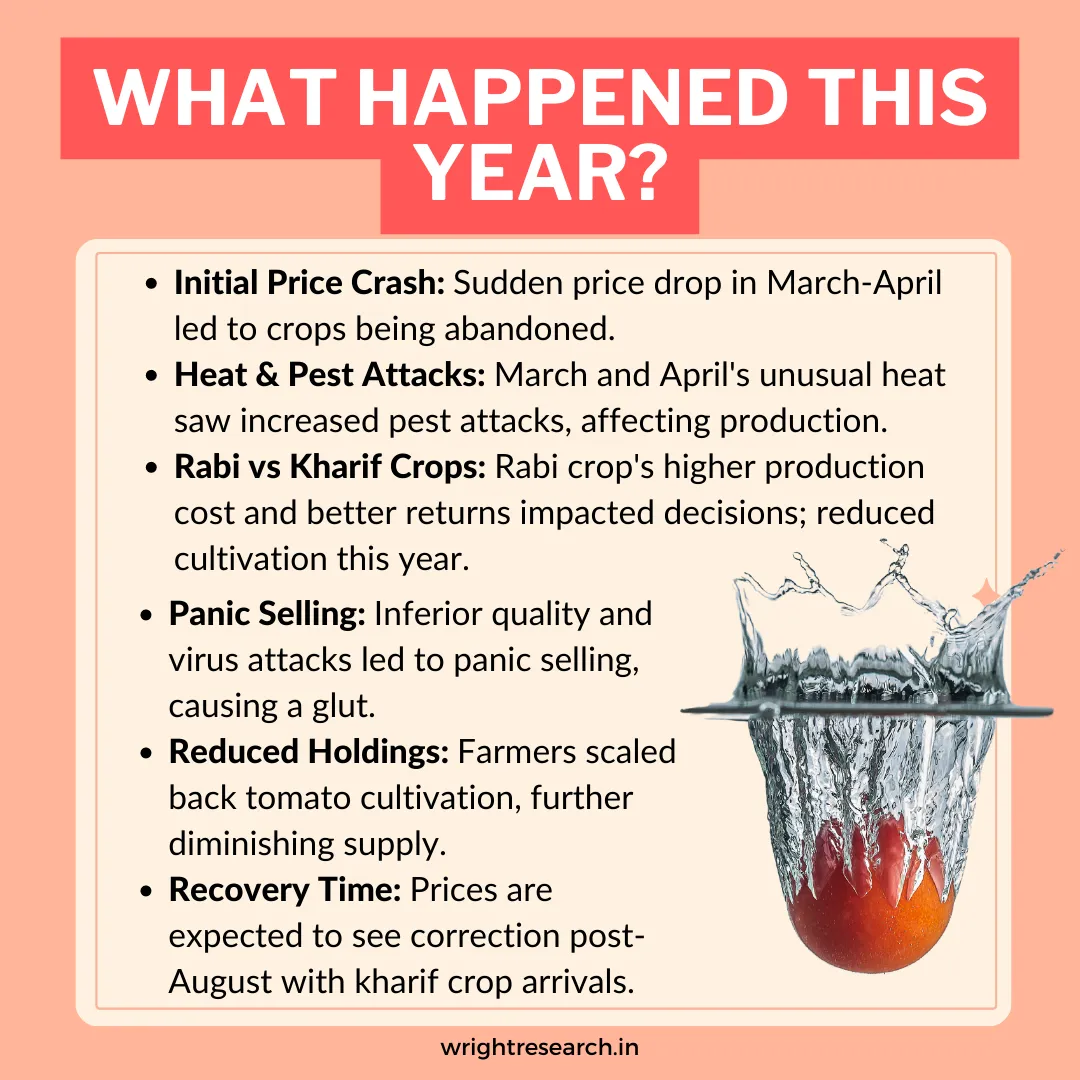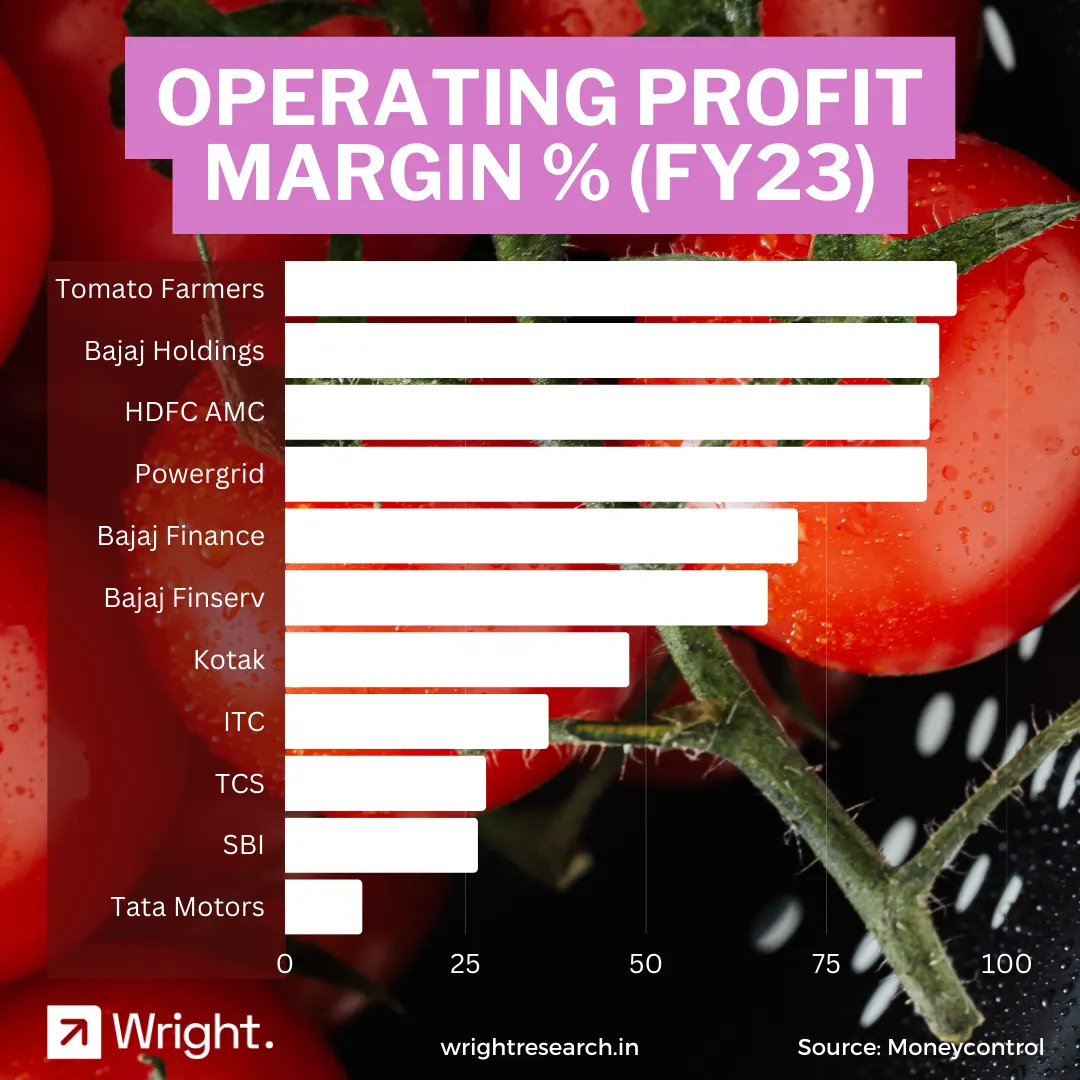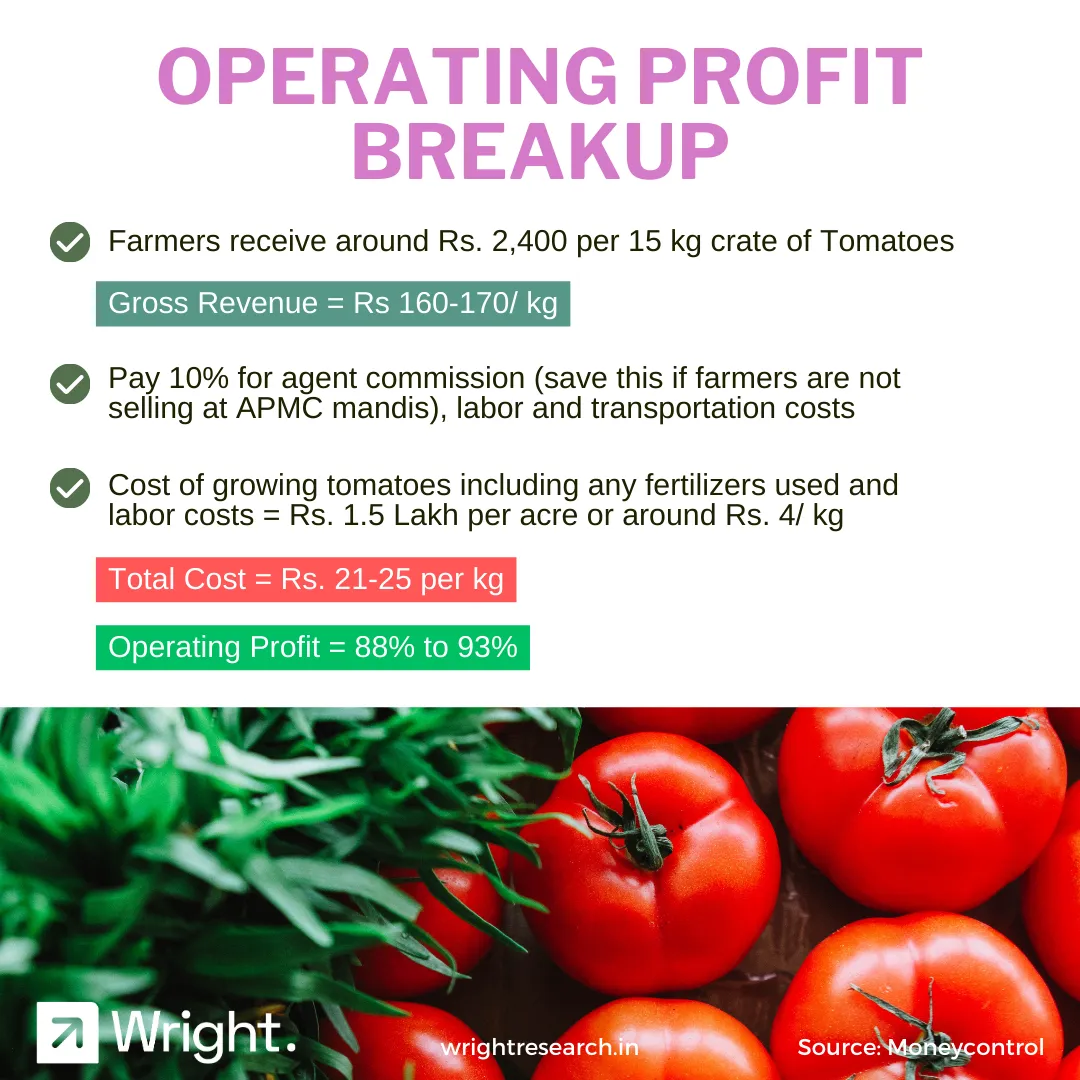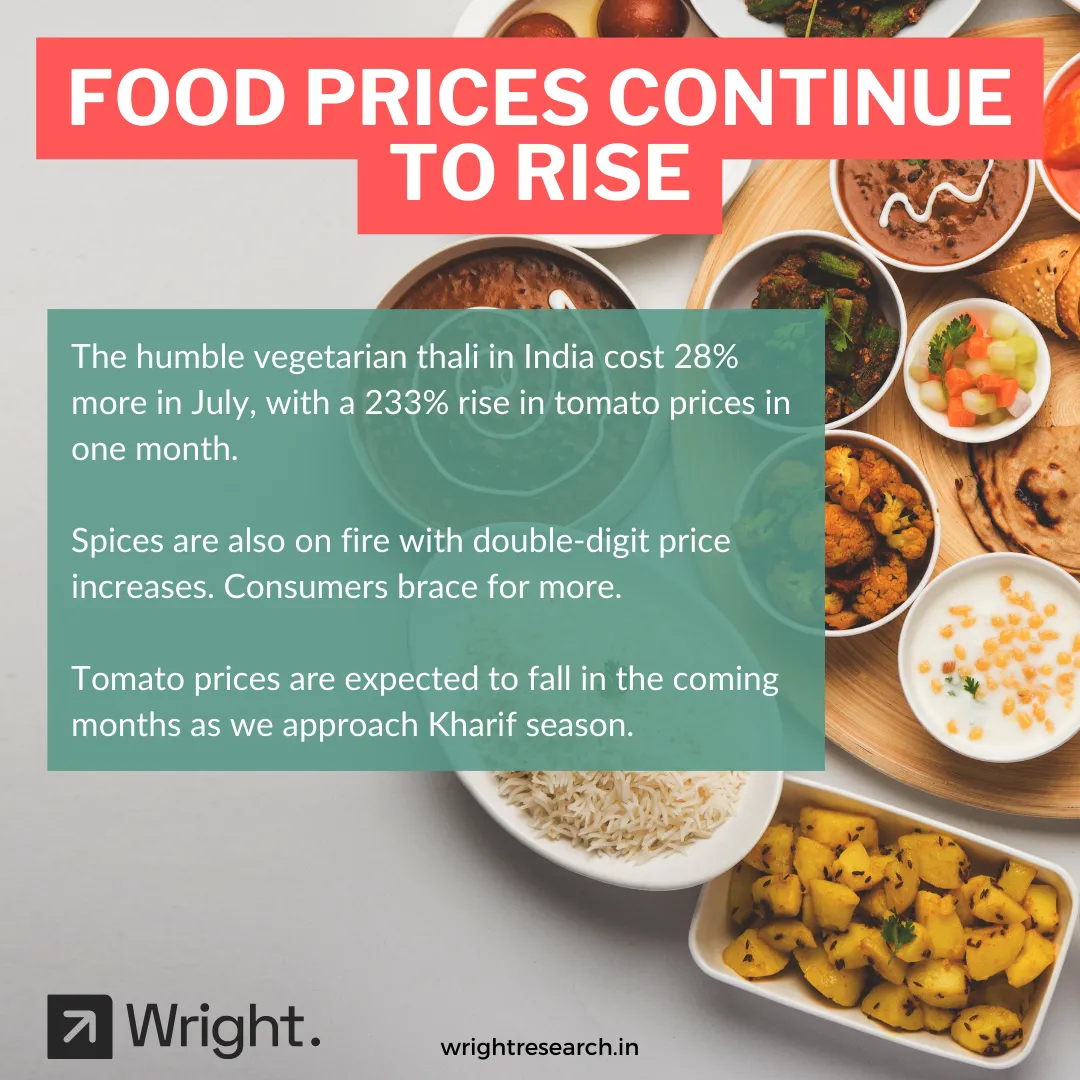- Tools

Get your
financial
Advise - Services

Get your
financial
Advise - About
-
News & Blogs
-
Start Investing
Find the
Perfect Portfolio
- Sign In








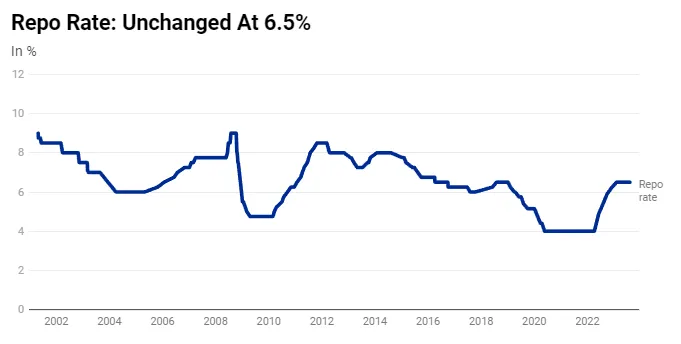
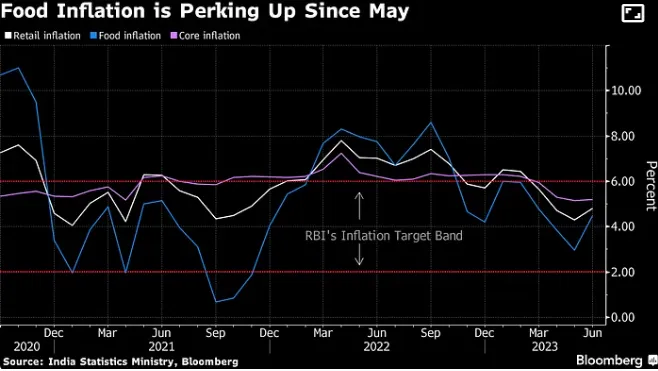
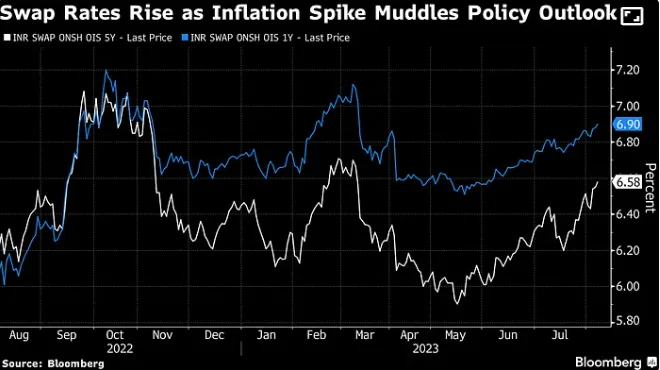
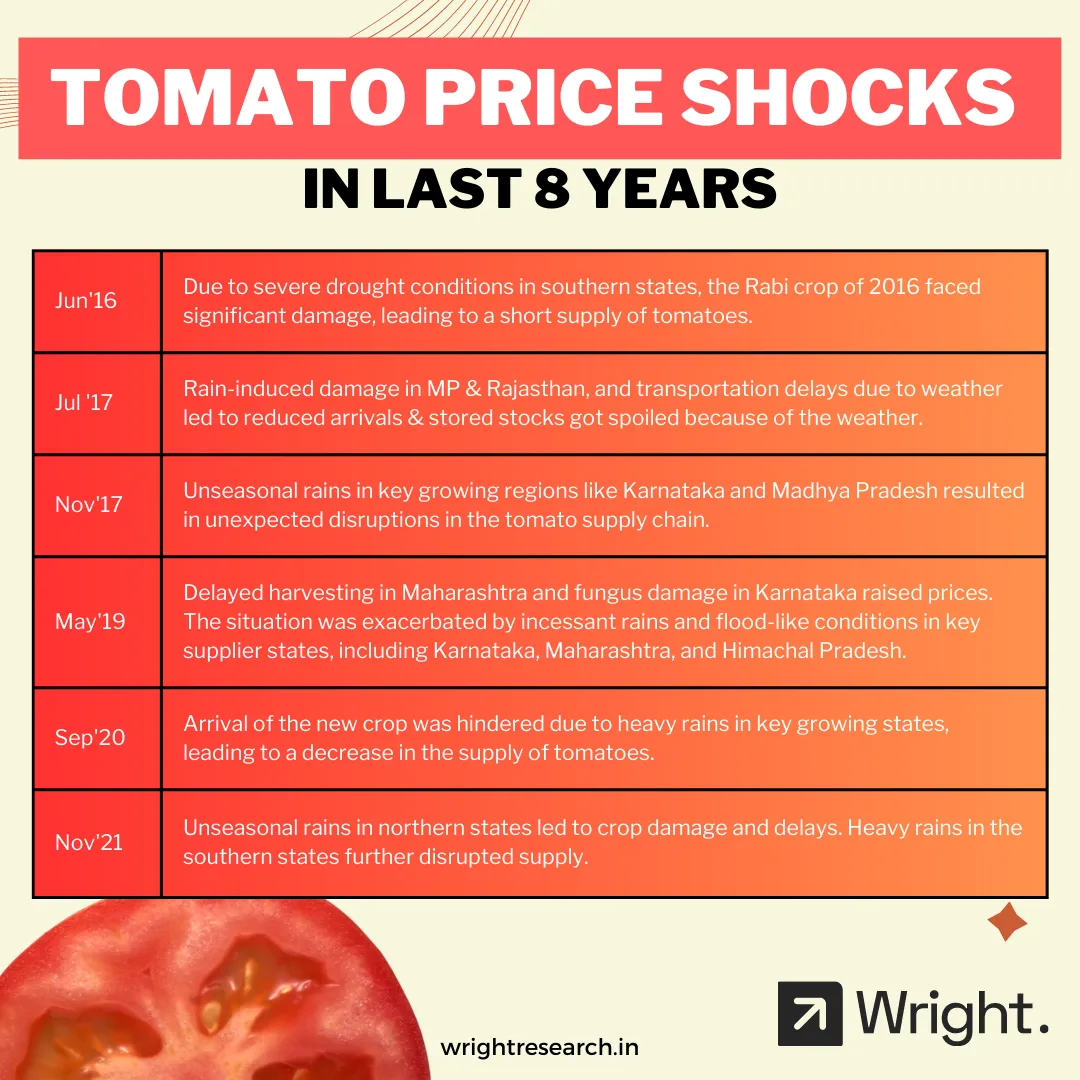
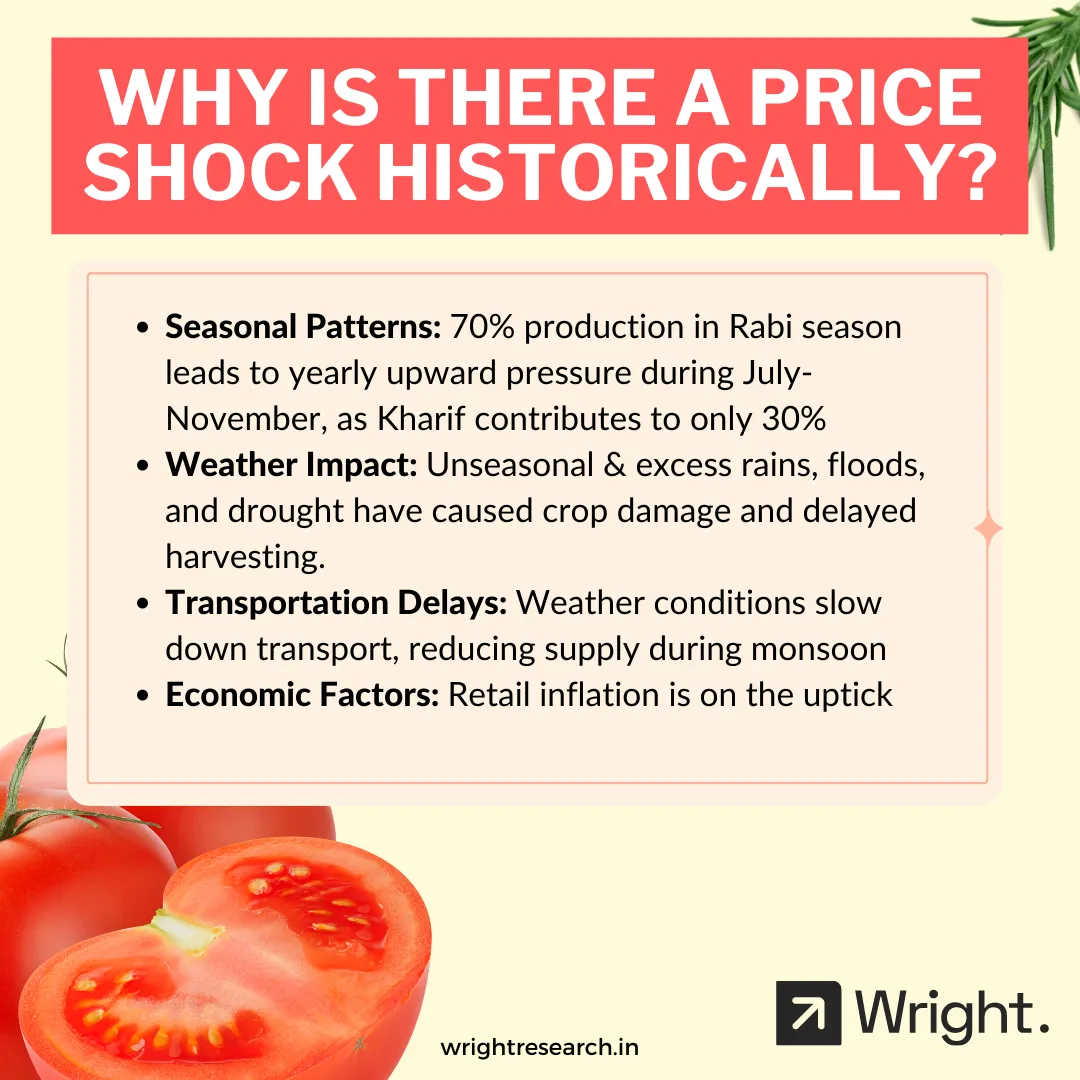 All of this leads to an inevitable short term demand and supply gap which leads to a surge in prices. But, what happened this year?
All of this leads to an inevitable short term demand and supply gap which leads to a surge in prices. But, what happened this year?